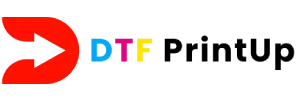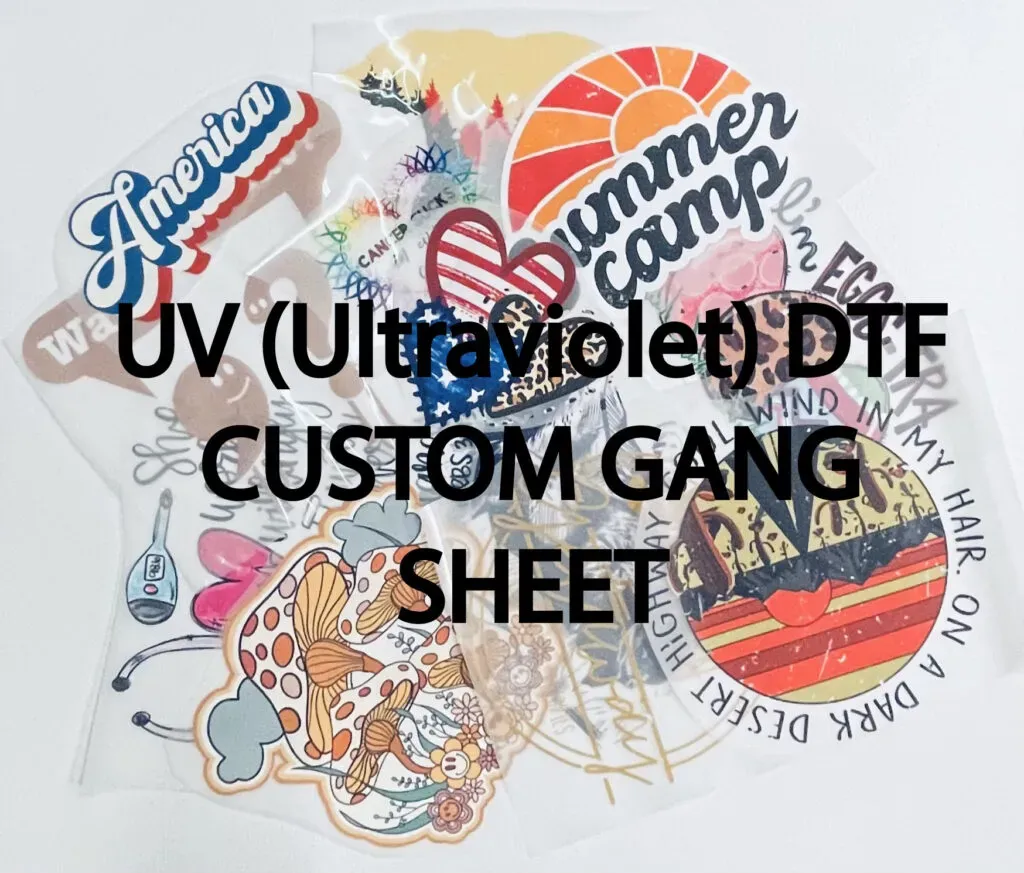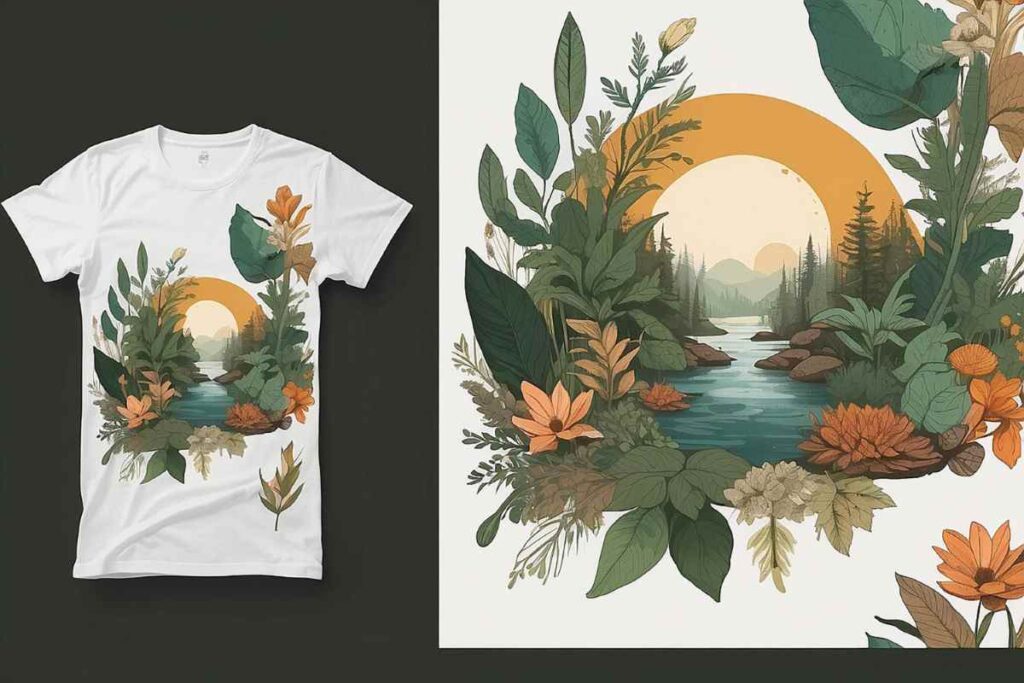UV DTF gang sheets are revolutionizing the world of printing by providing innovative solutions for efficiency and quality. This technique allows printers to combine multiple designs on a single sheet, maximizing both material use and time efficiency. For beginners exploring the realm of DTF printing, understanding these gang sheet techniques is crucial as they help streamline production workflows and minimize waste. With the right approach to print layout optimization, even small print shops can enhance their output and maintain consistent quality across designs. Dive into this guide to discover essential UV printing tips that can elevate your printing game and support your creative projects.
When it comes to the exciting field of DTF printing, utilizing compact sheets filled with various designs can significantly boost productivity. Often referred to as gang sheets, this method allows users to print multiple images on a single film, which is an excellent strategy for businesses focusing on reducing overhead costs. By implementing these techniques, newcomers can learn crucial aspects of DTF processes while maximizing their material use and time efficiency. This introduction to gang sheets will provide a comprehensive understanding of diverse printing options, equipping beginners with essential knowledge and skills. As you venture into DTF printing, exploring practical tips around print layouts and material selections will pave the way for successful outcomes.
Exploring the Concept of Gang Sheets in DTF Printing
Gang sheets are an essential technique in UV DTF (Direct to Film) printing that can dramatically boost efficiency and reduce production costs. By printing multiple designs on a single sheet, gang sheets allow for seamless integration of diverse artwork. This method is particularly beneficial for small businesses and hobbyists looking to maximize their output without compromising on quality. Understanding the intricacies of gang sheets can empower printers to enhance their workflow and capitalize on design versatility.
Furthermore, gang sheets enable printers to utilize their materials more effectively. By consolidating designs onto one sheet, printers minimize waste—a key factor in print production. This efficiency not only translates to financial savings but also supports eco-friendly practices by reducing discarded materials. In today’s competitive printing landscape, adopting gang sheet techniques can provide a distinct edge, making operations smoother and more profitable.
Key Benefits of Implementing Gang Sheet Techniques
Implementing gang sheet techniques opens a realm of advantages that can elevate any DTF printing operation. Firstly, the significant reduction in material costs is a game changer; printers can run multiple designs concurrently, which lowers the total amount of film used. This is paramount for businesses aiming to keep expenses in check while still offering a variety of prints to customers. The ability to print larger batches with minimal waste allows for smarter inventory management.
Additionally, the speed at which designs can be printed collectively leads to an overall increase in productivity. When printers utilize gang sheets, they can complete jobs faster, enhancing customer satisfaction with quicker turnaround times. This speed is particularly valuable in industries where time-sensitive orders are common. Overall, the efficiency gained from employing gang sheets makes them a crucial technique for anyone serious about UV DTF printing.
Innovative Developments in UV DTF Printing
Recent innovations in UV DTF printing technology have opened new horizons, particularly with products like the E1, the world’s first personal 3D texturing UV printer. This device combines the versatility of DTF capabilities with advanced flatbed printing, allowing users to print detailed and intricate designs on a diverse range of surfaces. Such technological advancements signal a revolutionary shift in how printers can approach their craft and expand into new markets.
Moreover, the E1 printer emphasizes quality improvement alongside speed. With the ability to produce high-resolution prints on various substrates, businesses can offer more intricate designs and unique textures that stand out in a saturated market. This flexibility not only enriches the overall product offering but also inspires creativity among printers and encourages exploration into new design realms.
Essential Techniques to Master UV DTF Printing
Mastering UV DTF printing involves a firm grasp of several key techniques. One vital area is layout optimization, where attention to detail can significantly impact the final output. Ensuring that designs are properly sized and spaced when placed on gang sheets is essential for effective transfer and print quality. A well-organized layout not only maximizes the use of available film but also simplifies the cutting and alignment process post-printing.
In addition, it’s crucial to maintain alignment of designs throughout the layout process. Misalignment can lead to wasted materials and unsatisfactory prints, which detracts from both efficiency and quality. By taking the time to optimize the print layout, beginners can greatly enhance their results and streamline their printing processes.
The Importance of Color Management in DTF Printing
Color management is another critical aspect that can dramatically influence the success of UV DTF printing. Using consistent color profiles across different design programs is essential for achieving uniformity in color output. This practice ensures that what you see on screen matches what is printed, significantly reducing discrepancies that can lead to customer dissatisfaction.
Conducting test prints before large runs is also a best practice to ensure color accuracy. By calibrating the colors consistently, printers can avoid costly mistakes and maintain their reputation for high-quality outputs. Implementing effective color management techniques not only elevates the final product but also establishes a foundation of trust with clients who rely on color accuracy for their projects.
Choosing the Right Materials for UV DTF Printing
The selection of materials is a cornerstone of successful UV DTF printing. Choosing high-quality DTF films compatible with UV inks is paramount, as this combination enhances adherence and durability. Quality materials contribute significantly to the overall outcome of the printed products and their longevity, making the right choice crucial to any printing venture.
Moreover, considering the type of adhesive used is equally important. Selecting adhesives that endure the curing process without compromising print quality ensures that the designs remain intact and vibrant. A thoughtful approach to material selection can make a remarkable difference in the production process, ultimately leading to higher customer satisfaction and repeat business.
Frequently Asked Questions
What are UV DTF gang sheets and how do they work?
UV DTF gang sheets are a printing technique that allows multiple designs to be printed on a single sheet of film using UV DTF printing. This method maximizes material efficiency by reducing waste and speeding up production times, making it ideal for small businesses and beginners in DTF printing.
What are the advantages of using gang sheets in UV DTF printing for beginners?
For beginners, utilizing gang sheets in UV DTF printing offers numerous advantages, including cost savings on materials, improved speed of production through simultaneous printing of multiple designs, and enhanced consistency in print quality across different items. This approach is particularly beneficial for those looking to optimize their workflow.
How can beginners optimize their print layout while using UV DTF gang sheets?
Beginners should focus on layout optimization by ensuring designs fit within gang sheet dimensions, maintaining adequate spacing to avoid overlaps, and aligning designs for efficient transfers. This careful planning minimizes waste and ensures smoother production during UV DTF printing.
What tips should I consider for color management in UV DTF gang sheet printing?
When working with UV DTF gang sheets, it’s crucial to manage colors effectively. Use consistent color profiles across different software, and conduct test prints before starting your main production run. This practice helps achieve uniform color results and enhances the quality of your prints.
What materials are essential for successful UV DTF gang sheet printing?
Successful UV DTF gang sheet printing requires selecting high-quality DTF films that are compatible with UV inks, as well as appropriate adhesives that can endure the curing process without compromising the design’s quality. Choosing the right materials directly impacts the adherence and durability of the final product.
How has technology improved UV DTF gang sheet printing methods?
Recent advancements such as the E1 personal 3D texturing UV printer have significantly improved UV DTF gang sheet printing. This innovative device allows for printing on various surfaces, enhancing versatility in applications and ensuring clearer, more intricate designs. Such technologies represent a substantial evolution in the UV DTF printing landscape.
| Key Points | Details |
|---|---|
| Introduction to UV DTF Gang Sheets | This guide is aimed at beginners and small business owners to optimize production using gang sheets. |
| Understanding Gang Sheets | Gang sheets allow multiple designs to be printed on a single sheet, reducing waste and enhancing workflows. |
| Benefits of Gang Sheets | 1. Material Efficiency 2. Speed 3. Consistent Quality |
| UV DTF Printing Developments | Introduction of E1 printer allows versatile printing on various surfaces, improving quality and speed. |
| Techniques for Beginners | 1. Layout Optimization 2. Color Management 3. Material Selection |
Summary
UV DTF gang sheets are revolutionizing the printing process, especially for beginners looking to maximize efficiency and quality. By understanding the principles of gang sheets and applying innovative techniques, new printers can significantly enhance their production capabilities. Leveraging technologies such as the E1 printer opens new avenues for printing on various materials, setting the stage for improved workflows and consistent output. As the industry continues to evolve, embracing these practices in UV DTF gang sheets will ensure a competitive edge.


